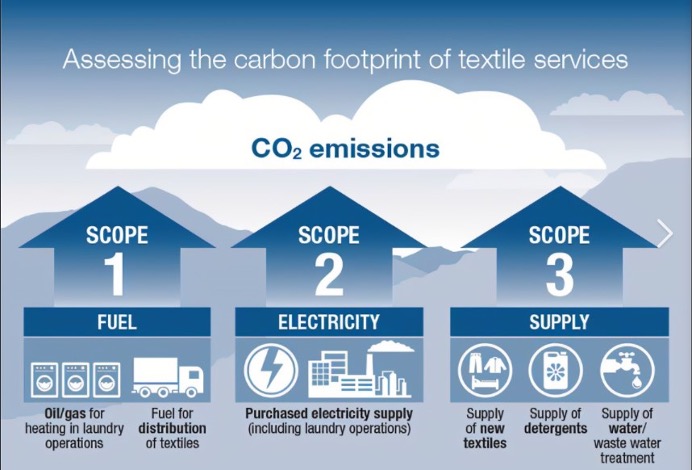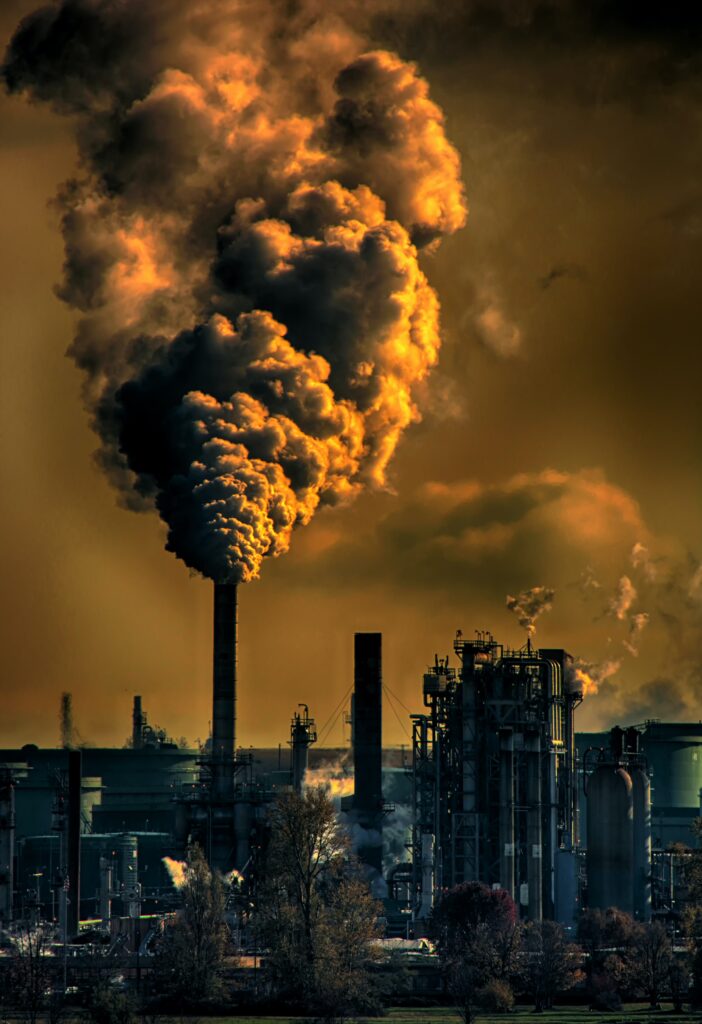Code Red for humanity
In 2021, the IPCC reported that we are facing CODE RED for humanity and that the narrow window of opportunity is closing fast. We need urgent, radical action to keep to 1.5oC global heating alive; we are heading for 2.9°C above pre-industrial levels according to CAT. Within 50 years one billion people will live in insufferable heat. One billion people will live in insufferable heat within 50 years – study | Climate crisis | The Guardian
Who’s taking action?
The Swedish Textile Initiative for Climate Action (STICA) supports apparel and textile companies operating in both the Nordic and international markets to set science-based targets and reduce their greenhouse gases in line with 1.5°C warming pathway, share best practise, collaborate and develop a roadmap and implementation plan.
Suggested reading
‘This Changes Everything’ by Naomi Klein, ‘Regeneration’ by Paul Hawken (see also regeneration.org), ‘The Uninhabitable Earth’ by Davis Wallace-Wells
Suggested viewing
Climate Change – The Facts with Sir David Attenborough – YouTube
Science Based Targets Sign up and become part of the future – YouTube
Textile Exchange: Climate+ – YouTube







